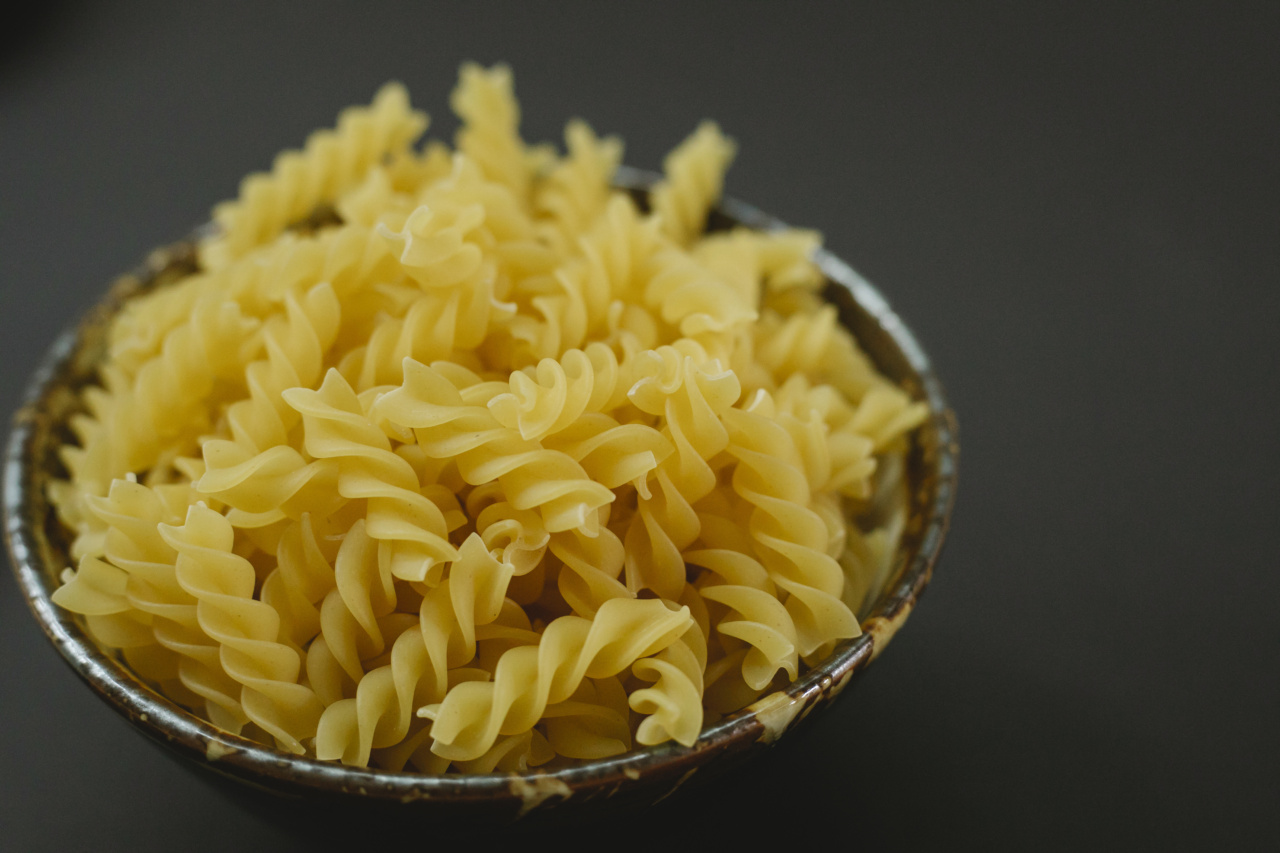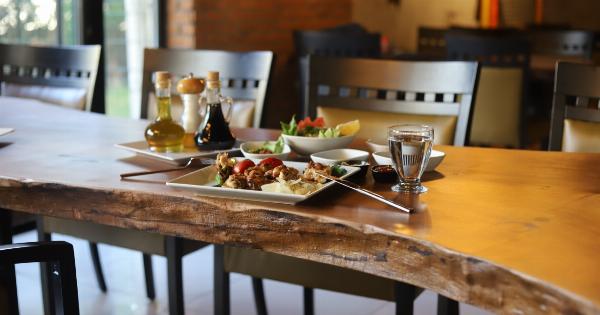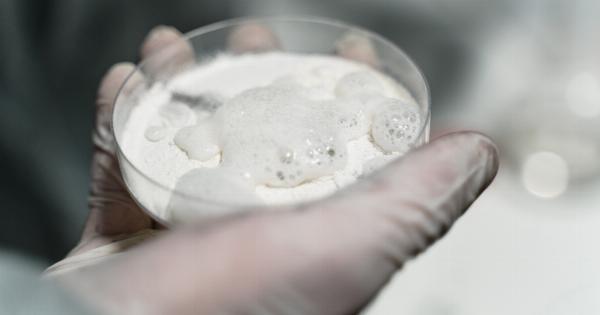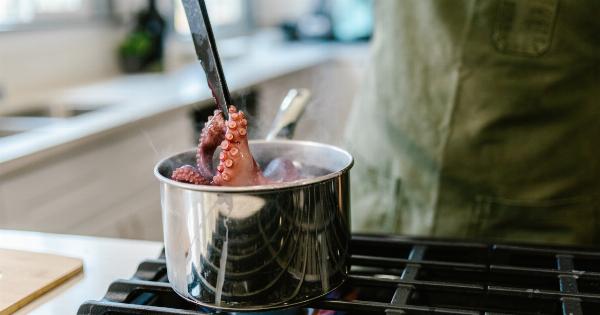When it comes to enjoying a meal, many factors can impact our perception of taste and flavor. From the ingredients used to the cooking techniques employed, every detail matters.
One element of the dining experience that often goes unnoticed is the type of cutlery used. While it may seem far-fetched to think that the utensils we eat with can affect the taste of our food, several scientific studies suggest otherwise.
In this article, we delve into the fascinating world of cutlery and explore whether the type of utensil we choose can truly influence the flavor of our culinary creations.
The Role of Cutlery in Gastronomy
Cutlery, including knives, forks, and spoons, has been an essential part of human dining for centuries.
While its primary function is to assist with the practical aspects of eating, such as cutting, spearing, and scooping, cutlery also plays a significant role in the overall dining experience. The design, weight, and materials used in the production of cutlery can all impact the way we perceive the taste of food.
The Influence of Material
One significant factor to consider is the material from which the cutlery is made. The most common materials used are stainless steel, silver, and plastic.
Stainless Steel Cutlery
Stainless steel is the most popular choice for everyday cutlery due to its durability, affordability, and low maintenance. However, when it comes to altering the flavor of food, stainless steel may have a subtle impact.
Some individuals claim that stainless steel can give certain foods a metallic taste, particularly if the meal contains acidic or bitter ingredients. While this effect is not universally experienced, it suggests that the type of metal used in cutlery can influence flavor perception.
Silver Cutlery
Silver cutlery, often associated with elegance and formal dining, has a long history of use in affluent households. Silver is known for its antimicrobial properties and the ability to resist oxidation.
In terms of flavor, silver has been said to enhance the taste of food, especially those with delicate flavors. This is why silverware is often used for special occasions or fine dining experiences. While the scientific evidence supporting this claim is limited, anecdotal evidence suggests that silver cutlery can elevate the dining experience.
Plastic Cutlery
Plastic cutlery is a common choice for picnics, takeout meals, and casual dining. While it may not possess the elegance or durability of metal cutlery, plastic utensils do have their advantages.
In terms of taste, plastic is usually considered neutral, which means it does not impart any specific flavor to the food. However, the lightweight and flexible nature of plastic cutlery may affect the way we hold and use the utensils, potentially impacting our overall eating experience.
The Effect of Weight and Design
Another aspect of cutlery that can affect our dining experience is the weight and design of the utensils. Heavier cutlery has been found to enhance the perception of food quality and richness.
It provides a sense of stability and can influence our perception of value, ultimately enhancing the overall enjoyment of a meal. On the other hand, lighter cutlery may be preferred in certain situations, such as when consuming delicate foods that require precise handling.
In terms of design, the shape and size of the cutlery can impact how we perceive the flavors in our food. Spoons, for example, come in various sizes and shapes, each serving a different purpose.
A small teaspoon might be ideal for consuming certain desserts, while a larger soup spoon is better suited for enjoying a hearty bowl of soup. Similarly, the shape of the fork tines or the blade of a knife can influence how effectively we can pick up or cut our food, ultimately affecting our experience and the way we perceive taste.
Psychological and Cultural Influences
While the physical attributes of cutlery play an important role, there are also psychological and cultural factors that can impact our perception of taste.
Our expectations, based on previous experiences or cultural norms, can greatly influence how we interpret the flavors in our food. The familiarity of using specific types of cutlery can evoke nostalgic feelings or cultural connections, shaping our overall dining experience and the pleasure we derive from a meal.
Evaluating the Scientific Evidence
Scientific studies exploring the relationship between cutlery and flavor perception are limited, and the results are often inconclusive.
The effect of different types of cutlery on taste can vary depending on individual preferences, cultural backgrounds, and the specific food being consumed. While certain general trends and anecdotal evidence suggest that cutlery can influence flavor, more research is needed to establish concrete conclusions.
Enhancing the Dining Experience
Regardless of the scientific evidence, it is clear that the choice of cutlery plays a vital role in the overall dining experience.
The weight, material, and design of the utensils we use can impact how we perceive the flavors in our food and the satisfaction we derive from a meal. Therefore, it is worth considering the type of cutlery that complements the specific food being served and the atmosphere in which it is enjoyed.
At the end of the day, taste is a subjective experience influenced by numerous factors.
While the impact of cutlery on flavor perception may be subtle, paying attention to these details can enhance our overall enjoyment of a meal and create a more memorable dining experience.































